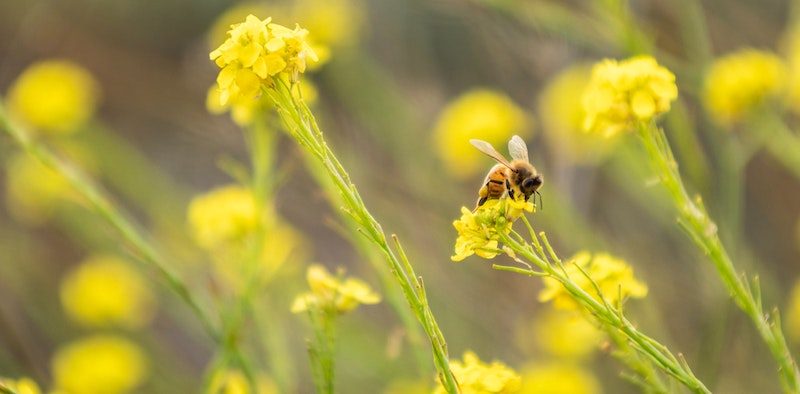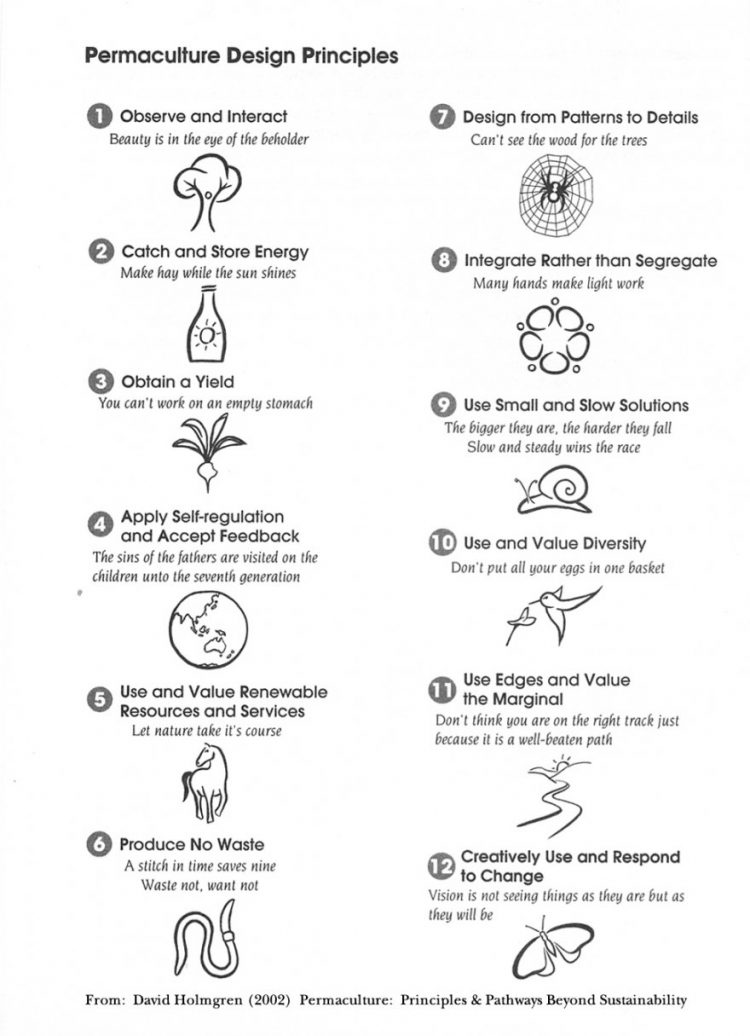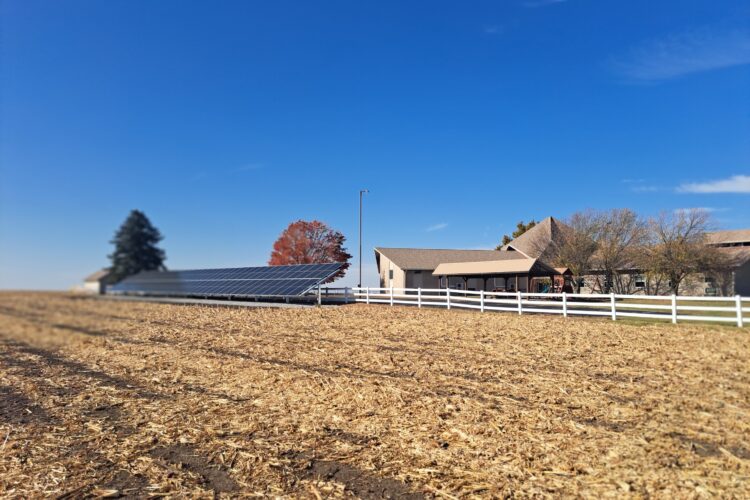Permaculture: The Art of Designing Beneficial Relationships

By Carol Barta.
Permaculture is said to be “the art of designing beneficial relationships.” Permaculture is a design science rooted in the observation of natural systems, the wisdom of traditional farming methods, and systems thinking. It uses both ancient wisdom and modern scientific and technical knowledge to create sustainable habitats for humans and others.
At the core of Permaculture are three ethics: earth care, people care, and fair share. Recently we have been talking about fair share as “future care,” using only what we truly need so that there will be enough for future generations. These ethical concepts are found in most traditional societies, giving us a way to observe tried and true results from following them.

Permaculture design has been taught worldwide since 1978. Examples of successful designs can be seen in areas as different as the Loess Plateau of China and the Dead Sea Valley of Jordan.
The twelve principles of permaculture design guide the process of creating sustainable farms and urban gardens. Ethics remain at the center of the twelve principles, ensuring that they are used in appropriate ways. These principles are seen as universal, although the methods used to express them will vary greatly according to the place and situation.
By first taking time to observe and engage with nature we can create design solutions that suit each particular situation. Knowing where sun, wind, water, and wildlife cross a property throughout the year makes it clearer where we place our building and plants.
We also use patterns found in nature to design our solutions. Biomimicry is a fundamental trait of permaculture installations, like herb spirals that create beneficial microclimates and watering systems that branch like a watershed.
After careful observation, we begin to place the elements of our designs in zones both for our own convenience and to create synergies of cooperating elements. This summer, my ducks and chickens snacked on the fig-eater beetles that wanted to eat the peach crop. And they laid eggs well into the fall.
One of the most difficult design principles to get people in the United States to follow is #9: “use small and slow solutions.” In the end, it makes better use of local resources and produces more sustainable outcomes. If you need everything to look right now the way you want it to be, you’ve been watching too much HGTV. Start with one small project.
Soil is the natural capital of the planet. Design principle #5 asks us to use and value renewable resources and services. Permaculture focuses on building healthy soil so that it may function as a living system. Healthy soil is the renewable resource needed to sustain plant and animal productivity, maintain or enhance water and air quality, and promote plant and animal health.
All these tools can be used to create systems and beneficial relationships outside the agricultural sphere too. They can and have informed building of intentional communities and programs such as Transition Towns. They can also be used as guides for right decision-making in our daily lives.
This is just a taste of Permaculture—permanent culture as well as permanent agriculture. To learn more look for a Permaculture organization in your area. We’re everywhere—except Antarctica!

